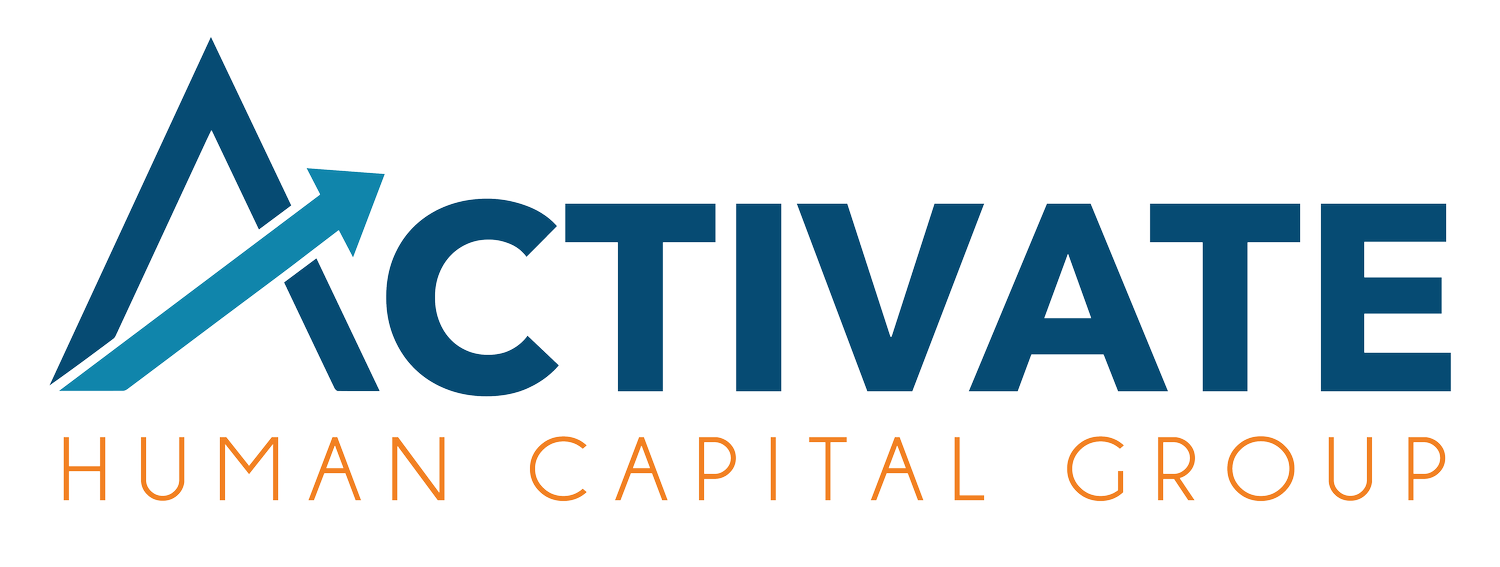What Happens (and What to Do) When You’re Doing Too Much
Picture this: you’ve curated the perfect team of people for your organization. Everyone is well-suited to their roles, and you feel confident that you’re well-equipped to run the well-oiled machine you’ve created.
A few months in, things aren’t running as smoothly as you expected. Your employees don’t have enough to do, and you’re starting to feel that some of them think you don’t trust them to do the jobs they were hired for. On the flip side, you’re doing more work than ever–and you’re more stressed than ever.
Simply put: you’re doing too much, not delegating enough, and it’s hurting both you and your team. But what can you–and managers like you–do to get out of this situation and prevent it from happening in the future? Here are four things to do when you’re doing too much:
Delegate and evaluate:
Many management professionals argue that delegation is key to good management. As managers and supervisors, your job is to ensure the work gets done and that your organization’s goals are being met, while also supervising, guiding, and growing your team–both in number and skill–in the meantime. It sounds easy, right? Delegation is key to this equation, as it offers your employees the opportunity to learn, grow, and, ultimately, do the jobs you hired them for. Additionally, it grants you the time you need to be a good manager–to review their work, provide feedback, and actually manage.
It's important to remember that delegation doesn’t function in a binary–i.e., giving up your responsibilities or holding onto them. Delegation is a nuanced and essential tool for good management.
Apply the time AND energy management approach:
There are a few different management styles that individual managers might adopt: time management, energy management, or project management.
Time Management: managing work and productivity around time availability and allotment.
Energy Management: managing work and productivity around energy levels.
Project Management: managing work and productivity around structured projects that need completion. When it comes to effectively managing a group of employees, a combined time and energy approach has proven effective. Energy management allows you and your employees to recognize how energy levels fluctuate throughout the day and arrange your work and productivity around those levels. Layering on time constraints ensures work gets completed according to specified due dates.
Create career development opportunities:
By applying the time and energy management approach, managers can readily create career development opportunities for their employees. For instance, say one of your employees excels at and expresses interest in administrative tasks. They derive energy from doing this type of work and regularly do a great job at completing it and doing so in a timely fashion. Now, you can work with them to identify a career development opportunity–like completing training or earning a certification–that nourishes their growth as an individual and expands the capabilities and offerings of your company.
Conduct regular reviews and updates:
Setting aside time to regularly review the work and progress of your employees is imperative to all the processes mentioned above. We suggest doing weekly brief check-ins in addition to more comprehensive quarterly check-ins with your employees. In doing so, you should keep a written record and regularly track and update it accordingly.
Learning to manage your team effectively comes with time, but delegating is key to any effective strategy. Activate Human Capital Group’s management offerings can help you become a better manager through our proven talent optimization methods.
Give us a chance to help you the realize impactful results of an engaged workforce–Activate Human Capital Group works to help employees realize their potential, and help employers create workplaces that help their workforce do so.
Discover how Activate Human Capital Group can transform your workplace with our unique employee engagement strategies and strengths-based approach. Don't miss the chance to enhance your team's performance and satisfaction. Contact us today to start the conversation about your organization's future!

